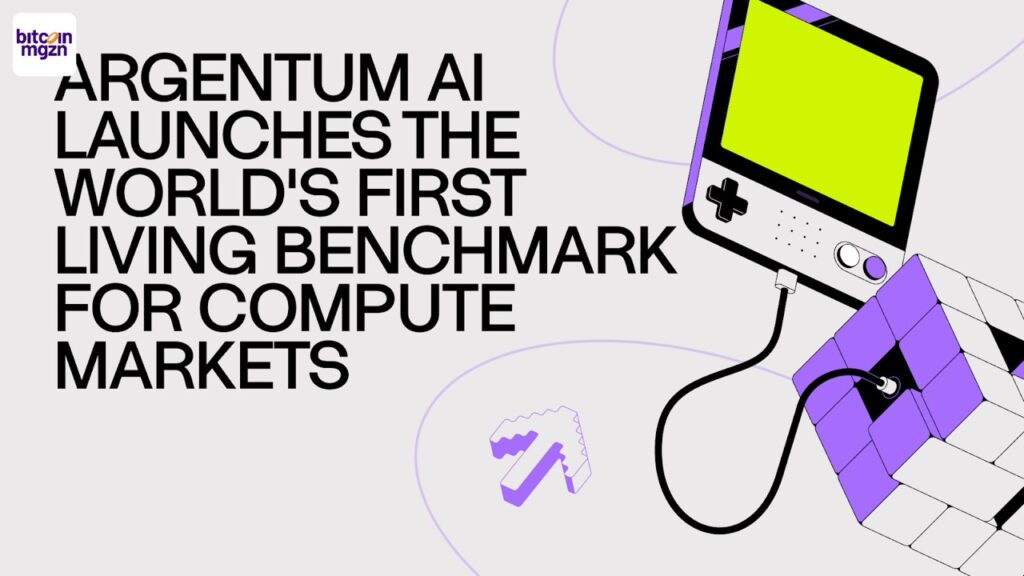Bitcoin now pays interest: How to earn money on your BTC while pumping the price
Bitcoin is now more than just something people trade or hold as a store of value; it’s starting to pay interest.
But there’s a catch: the coins earning those rewards can’t move for months or years. A growing number of holders are locking their BTC into time-based contracts that promise yield but also freeze supply.
However, on the plus side, this tightens the market’s breathing room and opens a pathway to future supply squeeze-enabled price pumps.
Timelocked and staked Bitcoin are creating a duration structure in the UTXO set that affects free float, execution costs, and fee reflexes.
The change is most visible in Babylon’s self-custodial model, which uses Bitcoin script timelocks to let holders stake without wrapping coins, and in the broader rise of locktime use on L1.
Per Babylon, about 56,900 BTC are currently staked. According to Babylon’s staking script documentation, the design relies on CLTV and CSV primitives to enforce time, so the duration sits natively at the UTXO level rather than in a bridge or synthetic claim.
The macro backdrop for supply tightness is already in place.
The long-term holder supply is near 14.4 million BTC, and the illiquid supply is near 14.3 million BTC. Those are behavioral cohorts, not hard locks. Yet, they frame how much additional duration from timelocks can influence the marginal coin available to meet new demand or to sell into drawdowns.
An effective free-float proxy subtracts Babylon-staked coins and a discounted slice of other time-encumbered outputs from circulating supply to make that link concrete. The discount recognizes that some timelocks expire soon and some scripts permit partial spend paths.
The result is a free-float that changes with live staking and locktime usage rather than with price alone.
Governance and policy choices are shortening the operational window for stakers while raising the cost of protection. The unbonding delay for new stakes was cut from 1,008 to about 301 blocks, roughly 50 hours at target block time.
The same change raised the preset fee on pre-signed slashing transactions to 150,000 sats, which, at a typical 355-vB transaction size, equates to about 422 sat per vB.
That parameter aims to guarantee inclusion against censorship over a run of blocks and becomes a live stress dial when the fee tape heats up. In quiet conditions, preset slashing fees clear without delay, and staking UX is stable.
When median fee levels sit in the 50 to 200 sat per vB range, the preset still clears, but child-pays-for-parent packages for non-slashing operations become more expensive.
If median levels approach the slashing preset, slashing latency risk rises unless the governance minimum moves or policy changes improve the ability to relay and mine packages.
According to Bitcoin Optech, version-3 transaction relay, also called TRUC, and package relay are advancing in the policy track and are designed to make ancestor and child packages safer and more predictable, which matters when many users need to free encumbered coins at once.
Fee observations today do not fully reveal that structural pressure.
The market has printed median fees near 1 sat per vB, which points to slack blockspace. At the same time, mainnet.observer now breaks out height-based and time-based timelocks and displays fee-rate distributions, giving a way to track whether the share of encumbered UTXOs rises while typical fee buckets stay low.
If the timelocked share grows, the marginal user who needs to move fast relies more on ancestor packages and CPFP mechanics, so peaks in fee pressure can become sharper even if baseline demand looks unchanged.
This is a mechanical channel rather than a sentiment call, and it ties duration directly to the shape of fee spikes.
The size of the duration effect can be sketched with simple ranges. Using a circulating supply near the 19.7 to 19.8 million BTC band, subtracting Babylon’s live staked count and a conservative slice of other time-encumbered outputs yields the following directional cases:
| Case | Babylon staked BTC | λ-adjusted time-locked BTC | Estimated free-float reduction (BTC) | Share of supply (approx.) |
|---|---|---|---|---|
| Base | 57,000 | 10,000 | 67,000 | ~0.34% |
| Growth | 100,000 | 10,000 | 110,000 | ~0.56% |
| Stretch | 200,000 | 20,000 | 220,000 | ~1.11% |
For each additional 50,000 BTC that moves into hard timelocks or into Babylon staking, free float falls by about 0.25 percent of supply.
That is the part of the book that can be hit in a single session, so even modest changes in durational share can alter depth near the top of book.
Illiquid and long-term holder cohorts are still useful for color, yet the free-float arithmetic above purposely counts only explicit script constraints and Babylon staking to avoid double-counting behavioral wallets that also happen to be locked by time.
The settlement stack is adding new consumers of duration.
Citrea positions a zk-rollup that settles on Bitcoin and sets its own finality window to favor predictable time horizons for collateral and settlement. Per the project’s blog, it is moving toward the mainnet.
Stacks’ sBTC deposits are live, establishing a path for BTC-anchored collateral that interacts with L1 over time windows rather than instant redemptions. These designs lean on timelocks to manage peg safety and settlement guarantees, which means L1 duration demand can grow even if spot trading activity is flat.
A steady risk-free rate near 4 percent on the U.S. 10-year, visible on standard rate dashboards and referenced in Citrea’s update, gives a financial context for why a native yield narrative can keep a bid under duration even when price volatility is low.
Policy timing matters. Bitcoin Core v30 just launched with active debate on mempool defaults and relay rules.
Bitcoin Core v30 shipped with package relay improvements and policy defaults, especially for OP_RETURN, which are now notably permissive unless an operator chooses to revert to stricter settings. This improves the system’s ability to move safety-critical packages during congestion, reducing the tail risk that slashing transactions face when the fee tape prints near the preset.
If defaults had come in tighter, more of the load would have shifted to fee levels and governance parameters such as Babylon’s minimum slashing fee. Either way, the fee and staking policies are now coupled through the mempool.
Two practical notes should anchor near-term monitoring.
First, Babylon’s unbonding change applies to new stakes, while older guides may still reference the prior 1,008-block delay, so data slices should be clear about cohort timing.
Second, fee distribution snapshots from mainnet.observer, including the share of sub-1 sat per vB transactions, can be paired with Babylon’s live staked count to watch whether duration grows during quiet blocks.
A sustained push in the staked total toward 100,000 BTC would warrant a refresh of the free-float scenarios, and a shift in fee buckets toward higher medians would put Babylon’s preset slashing fee back in view.
The picture that emerges is a market where a measurable slice of coins now carries a maturity date set by script or by staking terms, and where peak fee behavior is shaped by how many of those coins need to move at once.
The shape of that curve now rests on Babylon’s stake count, live fee regimes, and Bitcoin Core’s final policy decisions.
The post Bitcoin now pays interest: How to earn money on your BTC while pumping the price appeared first on CryptoSlate.
You May Also Like

Argentum AI lanceert wereldprimeur: levende benchmark voor compute markten

ArtGis Finance Partners with MetaXR to Expand its DeFi Offerings in the Metaverse
